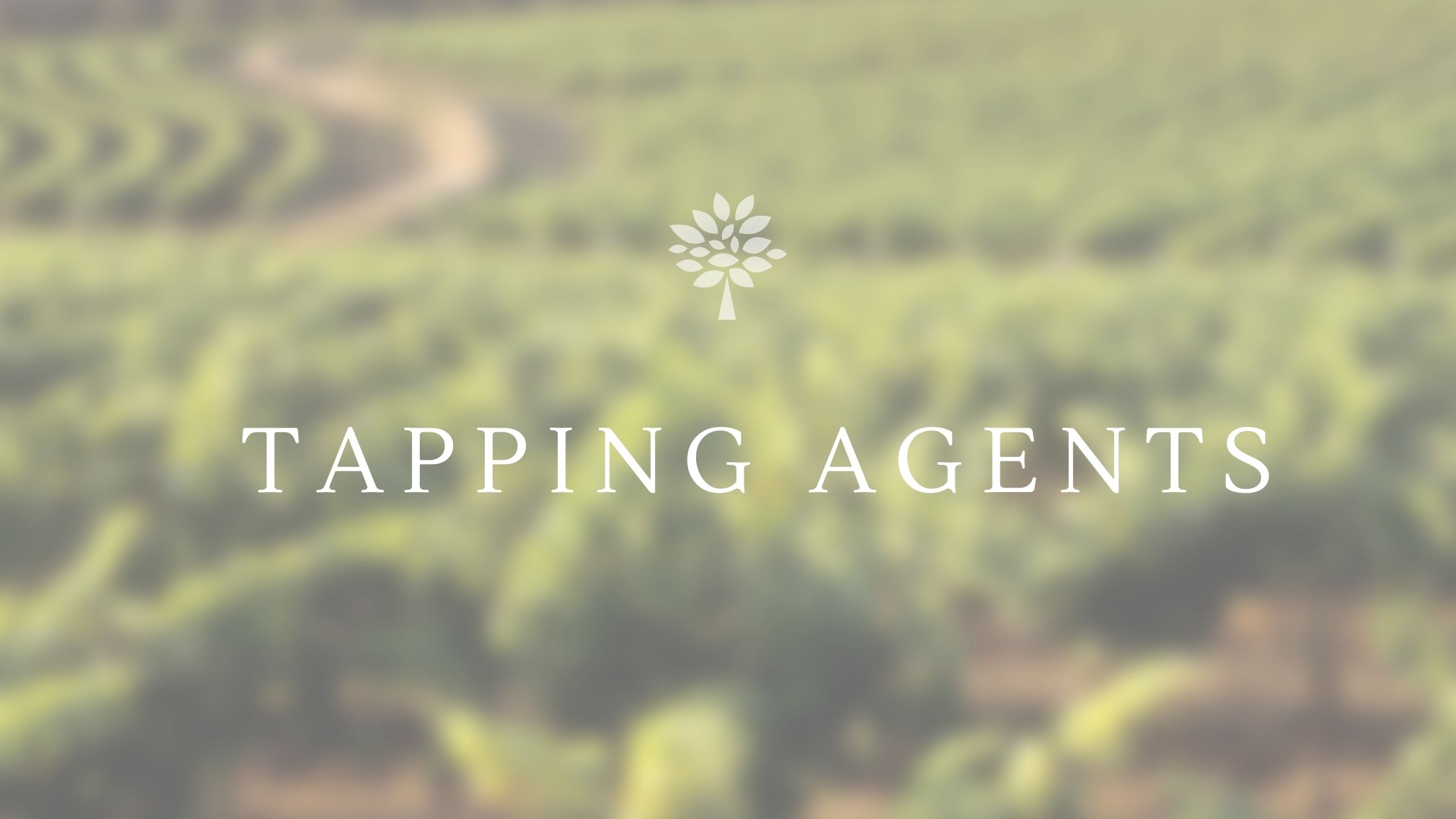But there’s a case for targeting rural households—many of them receive domestic and international remittances, says Dennis Valdes, president of Cebuana Lhuillier Rural Bank (CLRB), the rural banking unit of pawnshop giant Cebuana Lhuillier. That’s money that could go into deposits if banks could extend their reach. In 2019, Philippine overseas remittance inflows alone amounted to US$33.5 billion, one of the highest in the world.
To that end, CLRB launched its online banking app and micro-savings product in 2019 to capture more of the rural unbanked.
Cebuana has been operating in the Philippines for decades, with 2,500 pawnshop outlets that also serve as remittance and bill payment centres. It’s now using those outlets as cash in/out agents for CLRB. Since 2019, CLRB has recorded 4 million depositors, of which 300,000 use its app to transact. For most of them, CLRB is their first bank account.
DENNIS VALDES, PRESIDENT OF CLRB
Cebuana has 11 million clients transacting across its different services. Apart from having a known brand, Valdes says having physical branches help encourage unbanked consumers to open accounts because of the assurance that they can withdraw their money anytime. “Most of our clients need their funds almost right away.”
That, however, could be the very challenge for Cebuana. Deposit balances are easily emptied—more so if users can’t pay straight from their savings account. Urban consumers can use cards and QR codes to pay, but those in rural areas typically need to withdraw cash. This means mobile banks lose the “float” they need to lend money, says the former GCash executive. This will lessen Cebuana’s ability to earn interest income.
“The rural demographic gets intimidated easily. For them, banks are too formal. With us, they feel at home. We’re making use of our branches not only as cash-in centres, but a place where we can handhold our clients and teach them how to use our app.”
Tapping agents

In Cambodia, the most successful mobile banking service, Wing, has 7,000 agents, allowing people access to services, including local and international money transfers, bill payments and phone top-ups, online shopping and QR payments. In Indonesia, Grab’s subsidiary Kudo uses a network of more than 400,000 agents across towns to help people without internet access shop online.
For tonik’s part, financial inclusion doesn’t necessarily mean acquiring the rural unbanked. “There are a lot of folks living in urban areas who are either underbanked or unbanked,” says Samir Chaibi, principal at tonik investor Insignia Ventures.
Tonik is targeting middle-income households earning US$300-US$2,000 per month, says Krasnov. The middle-income market, which accounts for 66% of total household income in the Philippines, is mostly in urban areas (national capital region and neighbouring regions). The low-income and poor (23% share of total household income) reside in rural regions.
If you want to target the rural unbanked, it requires more human-to-human relationships, says Chaibi.
There are platforms across the region that employ agent-based networks to perform transactions on behalf of consumers. Some examples in the Philippines include Ayannah and TrueMoney.